Since childhood, we have heard the story of the race between the tortoise and the hare. The tortoise runs slower. This is a well-known storyline. However, there are actually many animals in the animal kingdom that are slower than turtles. This article will list the slowest moving animals in the world, such as aquarium/sea-cucumbers.html">sea cucumbers, starfish, snails, seahorses, three-toed sloths, Galapagos tortoises, slugs, slow lorises, koalas, and Gila monsters. There are all kinds of creatures in our world. They walk on land, fly in the sky and swim under the sea. They have all kinds of strange characteristics. So, how far can slow-moving animals go on this planet? Let’s find out together.
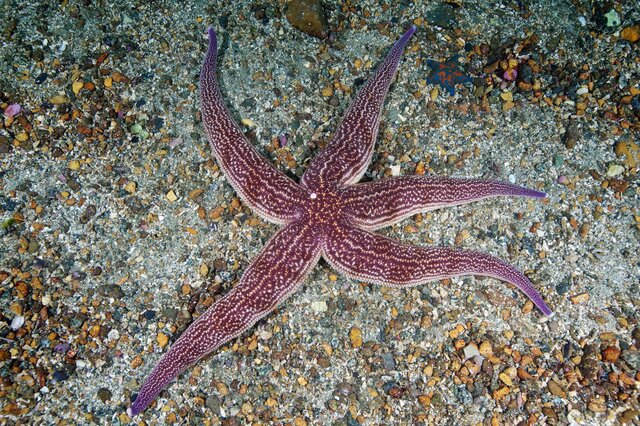
1. Starfish (3 meters/hour)
Starfish is one of the most representative organisms among echinoderms, with extremely unique structural and physiological characteristics. The bodies of starfish are flat, most of them have five-radial symmetry, and the boundaries between the body disk and the wrist are not obvious. When the starfish lives, its oral surface faces downwards and its anti-oral surface faces upwards. There is a walking belt groove on the ventral side of the wrist, and many tube feet with suckers protrude from the groove. Starfish rely on these tube feet to move and capture prey. However, the moving speed of starfish is too slow. On average, it can only move a few centimeters per minute, which is equivalent to only moving at a speed of a few meters per hour.
2. Sea cucumber (4 meters/hour)
Sea cucumbers are invertebrates that vary in form, size and shape from species to species, exhibiting a variety of thicknesses and sizes. In terms of internal structure, most of the bones of aquarium/sea-cucumbers.html">sea cucumbers are underdeveloped. Many tiny calcareous bone fragments are buried under the outer skin and can only be seen under a microscope. Sea cucumbers move their bodies by contracting and stretching their muscles, and they move at about 4 meters per hour.
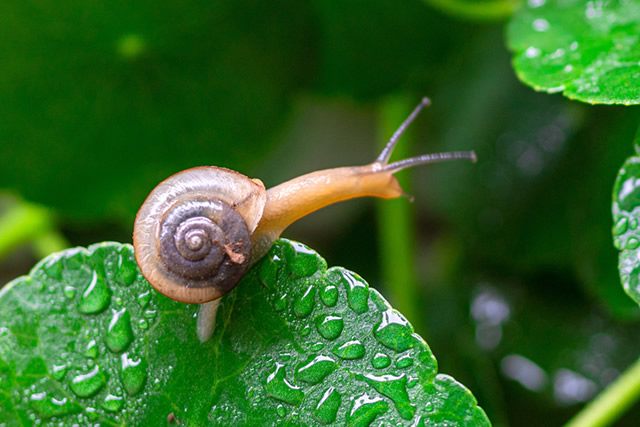
3. Snail (8.5 meters/hour)
Snails refer to all species of terrestrial gastropods, including many different families and genera. They live primarily on tropical islands, but some are adapted to colder environments. Snails are one of the most common molluscs on land and have high edible and medicinal value. Snails have been living on the earth since ancient times. The crawling speed of snails is slow. Even if it crawls at full speed, its maximum speed is only 8.5 meters/hour.
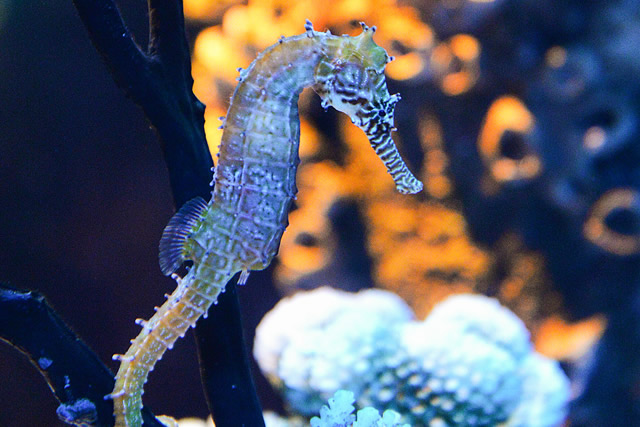
4. Seahorse (144 meters/hour)
Seahorse is the collective name for several species of small fish that live in warm seas in the order Acanthus, family Seadragonidae, with a body length of about 5-30 cm. It is named because its head is bent at almost a right angle to the body. They are small aquarium/52-marine-animals.html">marine animals with a very graceful swimming posture. Their bodies are vertical in the water and they swim slowly by relying on their dorsal and pectoral fins to swing in high-frequency waves. Their maximum swimming speed only reaches 144 meters/hour. Although seahorses move slowly, they are highly efficient at capturing copepods that are escaping and hiding.
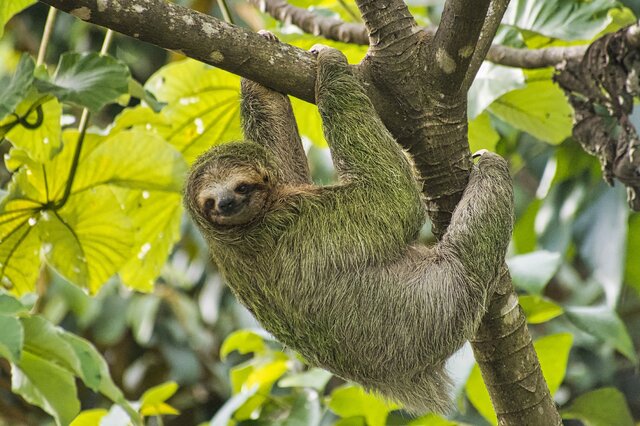
5. Three-toed sloth (162 m/h)
The three-toed sloth is a mammal in the family Slothidae and genus Sloth. Their heads are small and round, and their bodies are about 50-60 centimeters long. They have rough guard hairs on their bodies. Their fur is originally gray-brown, but later turns green. Three-toed sloths live their entire lives in trees and cannot stand or walk on the ground. Their average moving speed is about 162 meters per hour and they often remain motionless for several hours, making them difficult to spot. Sleeping for more than 15 hours a day, it is one of the slowest animals in the world.
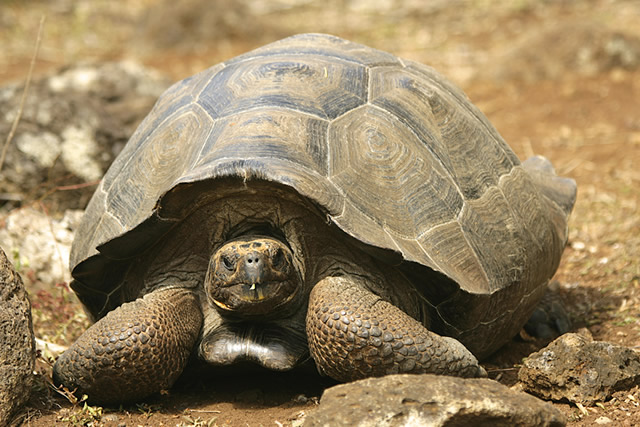
6. Galapagos giant tortoise (300 meters/hour)
Galapagos tortoises are the largest tortoises and there are nine species. Since they are ectotherms, they need to absorb the sun's heat after daybreak. They need to bask in the sun for 1-2 hours a day and spend 8-9 hours looking for food. Most Galapagos tortoises are active and walking in the early morning and rest in the evening. After observation, the walking speed of this species is 300 meters/hour.
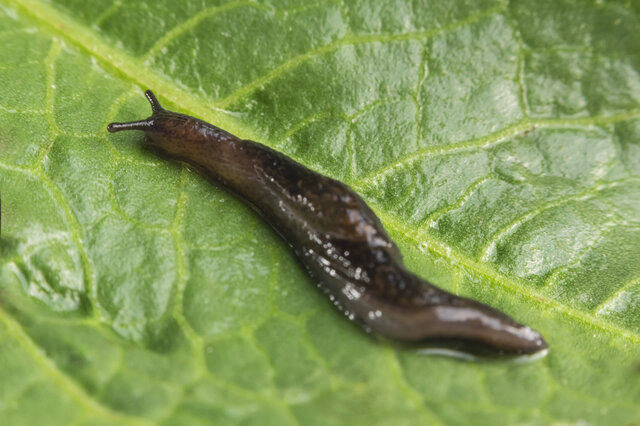
7. Slug (320 meters/hour)
Slug is the collective name for the slugs of the class Gastropods and the order Slugs. They are also called slugs or slugs in some areas of southern China. They are a mollusk that, like some snails, belongs to the order Pulmonary. Slugs usually do not have shells and are slow-moving animals, moving at a speed of no more than 320 meters/hour.
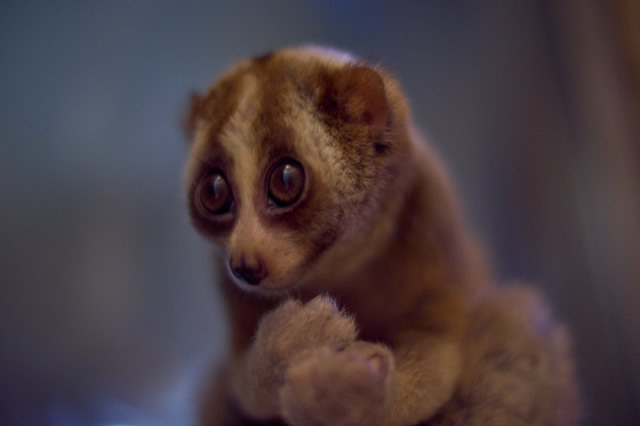
8. Loris
The loris is a species of monkey in the genus Loris primates, with nine subspecies in total. They are about 28 to 38 centimeters long, small and slow-moving. Loris mainly inhabit tropical rainforests and subtropical monsoon forests, living entirely in trees. This kind of monkey is afraid of light and heat. During the day, it usually finds a tree hole or tree trunk and sleeps with its head in its arms. Even the cries of birds and beasts cannot wake it up. Due to their slow movement, slow lorises almost never pick up the pace without being attacked, hence the name "loris". Someone once observed that it took as long as 12 seconds for a loris to move one step.
9. Koala
The koala (also known as the koala) is one of Australia's national treasures and a precious primitive arboreal animal unique to Australia. Koalas are very different from bears. Koalas sleep for 18 hours a day. They have a docile temperament, a simple and honest body, and their reactions are very slow, as if their reflex arcs are particularly long. Someone once tried to pinch the koala, but it took a long time for the koala to scream.
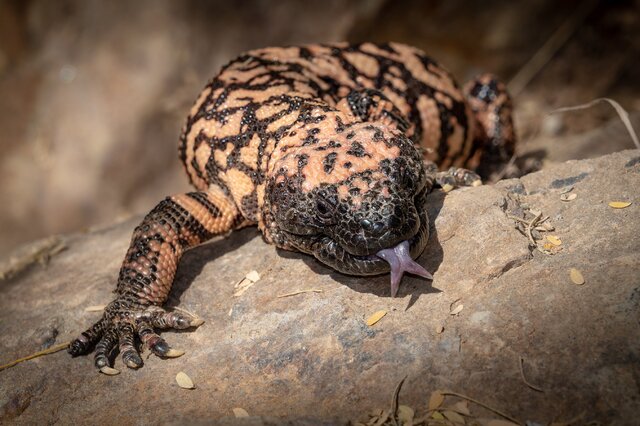
10. Gila Monster
The Gila monster is one of the famous lizards in North America. Its total length is generally 38-58 centimeters. It moves slowly, has a short tail, and its body is covered with small non-overlapping scales. Its body color is dark and colorful. In the wild, Gila monsters often climb trees to prey on baby birds or bird eggs. Although the Gila monster is one of the most famous lizards in North America, they have not been shown to pose much of a threat to humans in the southwestern United States. This is because they move so slowly! Gila monsters consume up to one-third of their body weight in food each day and store fat in their bodies, so they feel hunger slowly and rarely need to find food.
The top ten slowest animals in the world are mainly recommended based on the animal's actions, moving speed and other related information, and comprehensively refer to the relevant Internet ranking lists. The list is for reference only to help you understand the top ten slowest animals in the world. . If you have any questions, please leave comments and criticisms at the end.
animal tags:
We created this article in conjunction with AI technology, then made sure it was fact-checked and edited by a Animals Top editor.